Gordon Grice's Blog, page 112
February 3, 2010
Horse Attack

I'll take a break from the list of man-eaters for a couple of days to catch up on some interesting news stories.
Today's is about a man mauled to death by a horse. It's not terribly unusual for people to die by being bucked off or kicked, but this attack is something different. A stallion seems to have bitten the man repeatedly, amputating his arm and inflicting massive injuries to his torso and leg. I'm aware of only a few other cases like this; one of them involved a man trying to restrain ...
Published on February 03, 2010 14:51
January 31, 2010
What Eats People: The Complete List, Revised: Part 7
You may be surprised to learn that two dangerous crocodilians occur in the US.
First, and better known, the American alligator (Alligator mississippiensis). It's not especially dangerous as crocdilians go, but it dispatches a person once every three years or so.
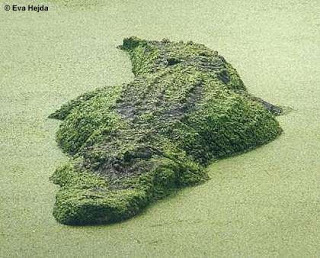
Then there's the American Crocodile (Crocodylus acutus), which can reach 20 feet in length. It lives in Central and South America, the Caribbean, and, in small numbers, a bit of Florida. It has a reputation for aggression. In 1999, a 70...
First, and better known, the American alligator (Alligator mississippiensis). It's not especially dangerous as crocdilians go, but it dispatches a person once every three years or so.

Then there's the American Crocodile (Crocodylus acutus), which can reach 20 feet in length. It lives in Central and South America, the Caribbean, and, in small numbers, a bit of Florida. It has a reputation for aggression. In 1999, a 70...
Published on January 31, 2010 02:40
January 26, 2010
What Eats People: The Complete List, Revised: Part 6
There are 23 species of crocodiles, alligators, caimans, and gharials, and all of them bite. Not all of them consider us viable prey, however. Some have narrow snouts built for catching fish; some are too small to tackle a human. But at least seven species take people as food on occasion. Here's your first helping.
The black caiman (Melanosuchus niger) of South America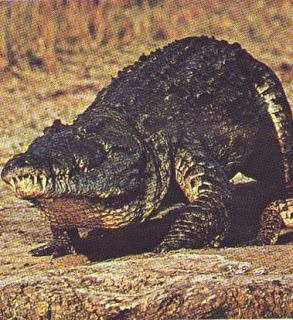
The Orinoco crocodile (Crocodylus intermedius) of South America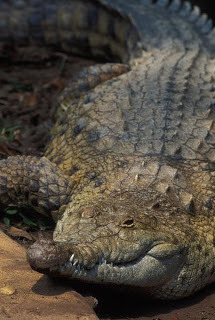
The mugger crocodile (Crocodylus palustris) of India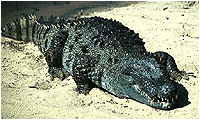

The black caiman (Melanosuchus niger) of South America

The Orinoco crocodile (Crocodylus intermedius) of South America

The mugger crocodile (Crocodylus palustris) of India

Published on January 26, 2010 02:29
January 22, 2010
What Eats People: The Complete List, Revised: Part 5
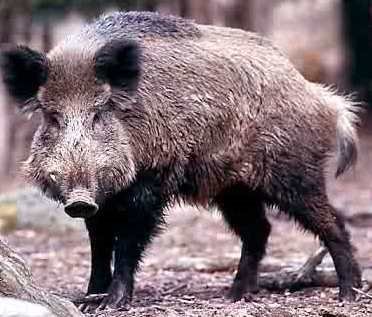
In his memoir of the Civil War, Ambrose Bierce recounts an interesting incident of scavenging:
There were bear galore and deer in quantity, and many a winter day, in snow up to his knees, did the writer of this pass in tracking bruin to his den, where, I am bound to say, I commonly left him. I agreed with my lamented friend, the late Robert Weeks, poet:
Pursuit may be, it seems to me,
Perfect without possession.
There can be no doubt that the wealthy sportsmen who have made a preserve of the Chea...
Published on January 22, 2010 11:23
January 17, 2010
What Eats People: The Complete List, Revised: Part 4
Large members of the hammerhead family Sphyrnidae have attacked and killed people, but it has not been possible to determine precisely which species are responsible. The scalloped hammerhead (Sphyrna lewini), the common smooth hammerhead (Sphyrna zygaena) and the great hammerhead (Sphyrna mokarran) are all reasonable candidates. The latter has injured at least one person when provoked.
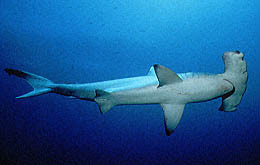 Great hammerhead
Great hammerhead
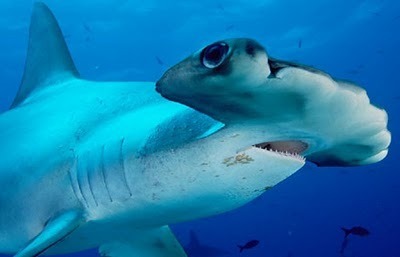 Scalloped hammerhead
Scalloped hammerhead
 Common smooth hammerhead
Common smooth hammerhead
 Great hammerhead
Great hammerhead Scalloped hammerhead
Scalloped hammerhead Common smooth hammerhead
Common smooth hammerhead
Published on January 17, 2010 06:35
January 12, 2010
What Eats People: The Complete List, Revised: Part 3
Two more requiem sharks are known to prey on people:
The oceanic whitetip (Carcharhinus longimanus) may have eaten more people than any other shark species, at least since sailing was invented. It cruises the open ocean and often takes shipwreck survivors.
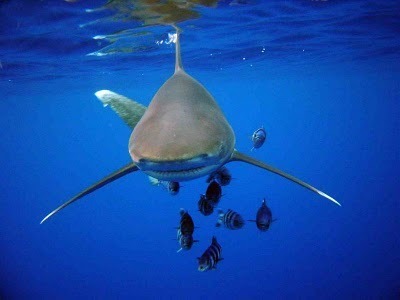
The slender galapagos shark (Carcharhinus galapagensis) is aggressive and will fight people for their fish, but only one person is known to have died from an attack.

Two more requiem species have been suspected in human deaths:
The Ganges River...
The oceanic whitetip (Carcharhinus longimanus) may have eaten more people than any other shark species, at least since sailing was invented. It cruises the open ocean and often takes shipwreck survivors.

The slender galapagos shark (Carcharhinus galapagensis) is aggressive and will fight people for their fish, but only one person is known to have died from an attack.

Two more requiem species have been suspected in human deaths:
The Ganges River...
Published on January 12, 2010 05:58
January 8, 2010
What Eats People: The Complete List, Revised: Part 2
Most of the dangerous sharks in the world belong to the requiem family (Carcharinhidae). Of the 52 member species, about two dozen are dangerous to people. It's hard to tell the requiem sharks apart, so not everyone agrees on which species have actually killed people. There's no doubt about these:
The tiger shark (Galeocerdo cuvier)has killed surfers, divers, and the victims of shipwrecks.
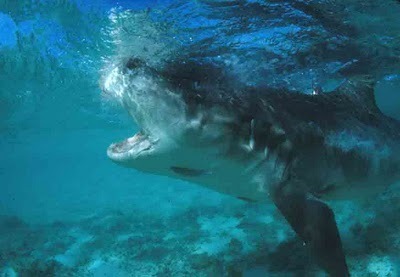
The bull shark (a.k.a. Zambezi shark, Lake Nicaragua shark; Carcharhinus leucas) occasionally takes people...
The tiger shark (Galeocerdo cuvier)has killed surfers, divers, and the victims of shipwrecks.

The bull shark (a.k.a. Zambezi shark, Lake Nicaragua shark; Carcharhinus leucas) occasionally takes people...
Published on January 08, 2010 05:20
January 3, 2010
What Eats People: The Complete List, Revised: Part 1
One of the first posts I ran on this blog was an attempt to document all the animals that prey on people. That was about 18 months ago, and in the meantime, I've been a busy little researcher, trying to track down cases and firm up the documentation. That's allowed me to add another group to my list and feel more confident about a couple of others. So, over the next few posts, I'm presenting the revised list, with pictures.
What do I mean by preying on people? For purposes of this list, an ani...
What do I mean by preying on people? For purposes of this list, an ani...
Published on January 03, 2010 10:03
December 28, 2009
The wild boars of Germany
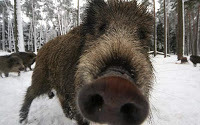
Wild boars have become a hazard in Germany. The latest boar attack found four people hiding in a dumpster, desperately cell-phoning for help. The root of the problem seems to be a porcine population explosion caused by tighter hunting restrictions. Similar situations have developed in various corners of Asia, where the problem stems from the declining populations of the pigs' predators, like tigers and wolves.
These wild boars are the same species as the domestic pig. After a few generations i...
Published on December 28, 2009 04:06
December 23, 2009
Beaver Attack
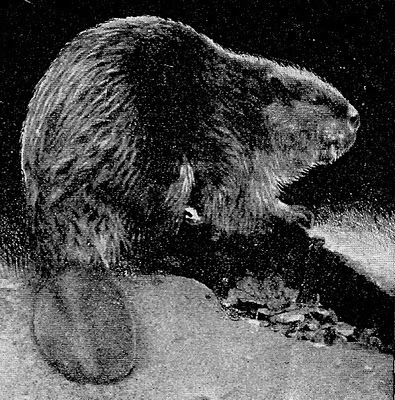
The Tulsa World reports that a five-year-old was bitten by a beaver. This sounds like a defensive bite, since the kid was trying to pet the animal at the time, but authorities are going to test for rabies to be sure. Rabid beavers have attacked people on several occasions, sometimes in the water. A big adult beaver goes better than 50 pounds, and its rodent incisors can penetrate deep.
Published on December 23, 2009 12:49



